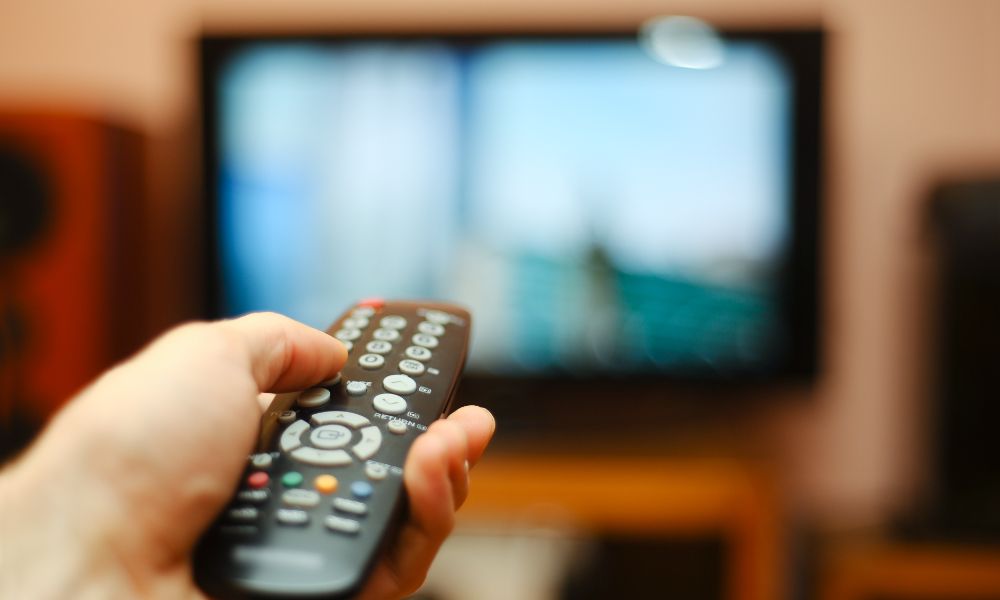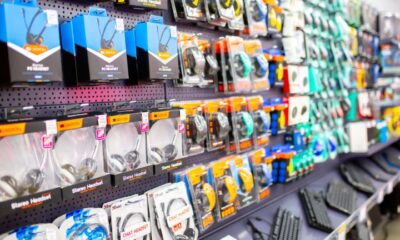LIFE
8 Things That Are No Longer Worth Their Price
Published
12 months agoon

Pizza

Cable Television

Fast Food

Farmers Market

Coffee Shops

Thrifting

New Smartphones

Food Delivery

Concert Tickets

Conclusion


More From Financially+
-


Ditch the 9-to-5: 30 Jobs with Flexible Hours
-


The Best Places to Retire for Excellent Healthcare & Peace…
-


Here’s How Much Cash You Should Actually Have
-


8 Financial Signs You’re Doing Better Than The Average American
-


9 Types of Income The IRS Won’t Tax
-


7 Subtle Habits of People Who Grew Up Middle-Class
-


7 Things You Should Always Buy The Cheapest Version of
-


Top 8 U.S. Cities For Affordable Retirement
-


5 Catastrophic Money Mistakes & How To Avoid Them


How to Stay Broke: 35 Foolproof Ways to Waste Your Money
Many people struggle with their finances, often without realizing where their hard-earned money is going. Small, seemingly harmless purchases can...


20 Grocery Store Products That Are Draining Your Wallet
When it comes to grocery shopping, it’s easy to overspend on items that seem convenient but aren’t worth the price....


Things You Need To Stop Wasting Your Money On
Managing your finances means finding and identifying moments where you might be overspending and fixing it. Many everyday purchases can...